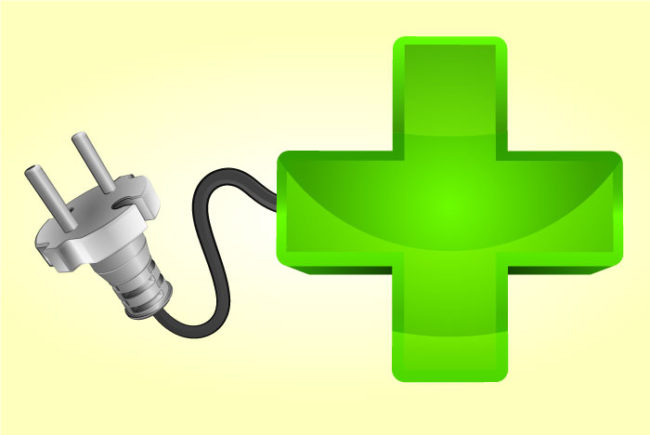ASHE accepting Energy to Care award nominations
The American Society for Healthcare Engineering is accepting applications for this year’s Energy to Care awards and Energy Champion award.
The annual Energy to Care awards recognize health care facilities that reduce energy consumption by 10 percent in a single year, or by 15 percent over two years. It also recognizes previous winners that have further reduced energy consumption by 5 percent.
The Energy Champion Award goes to a single facility — either an acute care hospital or medical office building — that has proven leadership in energy efficiency.
Applications for both awards are due April 1.
Study tracks how superbugs splash outside of sink drains
A team of researchers from the University of Virginia, Charlottesville, studied the pathways bacteria travel to find their way outside of vulnerable patients and into patients.
The team used a green fluorescent protein expressing E. coli and tracked how sink wastewater transfers from the drain and into the surrounding area. The researchers did not observe bacteria traveling directly from the P-trap to the sink basin or surrounding countertop. However, when the bacteria were allowed to mature, they formed a biofilm that slowly traveled from the P-trap up to the strainer over the course of seven days.
The bacteria’s proximity as a result of growth resulted in droplets being dispersed to the sink’s surrounding areas. Some droplets traveled as far as 30 inches.
The researchers say the study is important to know how bacteria from sink wastewater can affect vulnerable patients and also influence sink design and cleaning to improve infection control efforts.
CDC announces workshops on emerging infectious disease preparedness
Beginning this month, the Centers for Disease Control and Prevention and the National Ebola Training & Education Center will offer free training workshops on emerging infectious disease preparedness for clinicians, health care workers and public health officials. Attendees can register online.
Study: Hospital flooring may pose larger risk to infection control than previously thought
Hospital room floors may be an overlooked source of infection, according to a study published in the American Journal of Infection Control. Because items in the patient’s room may touch the floor, pathogens on hospital floors can rapidly move to the hands and high-touch surfaces throughout a hospital room.
In the study by Abhishek Deshpande, M.D., PhD and colleagues, researchers cultured 318 floor sites from 159 patient rooms (two sites per room) in five Cleveland-area hospitals. The hospital rooms included both Clostridium difficile infection (CDI) isolation rooms and non-CDI rooms. Researchers also cultured hands (gloved and bare) as well as other high-touch surfaces such as clothing, call buttons, medical devices, linens and medical supplies.
The researchers found that floors in patient rooms often were contaminated with methicillin-resistant Staphylococcus aureus, vancomycin-resistant enterococci, and C. difficile, with C. difficile being the most frequently recovered pathogen found in both CDI isolation rooms and non-CDI rooms.





